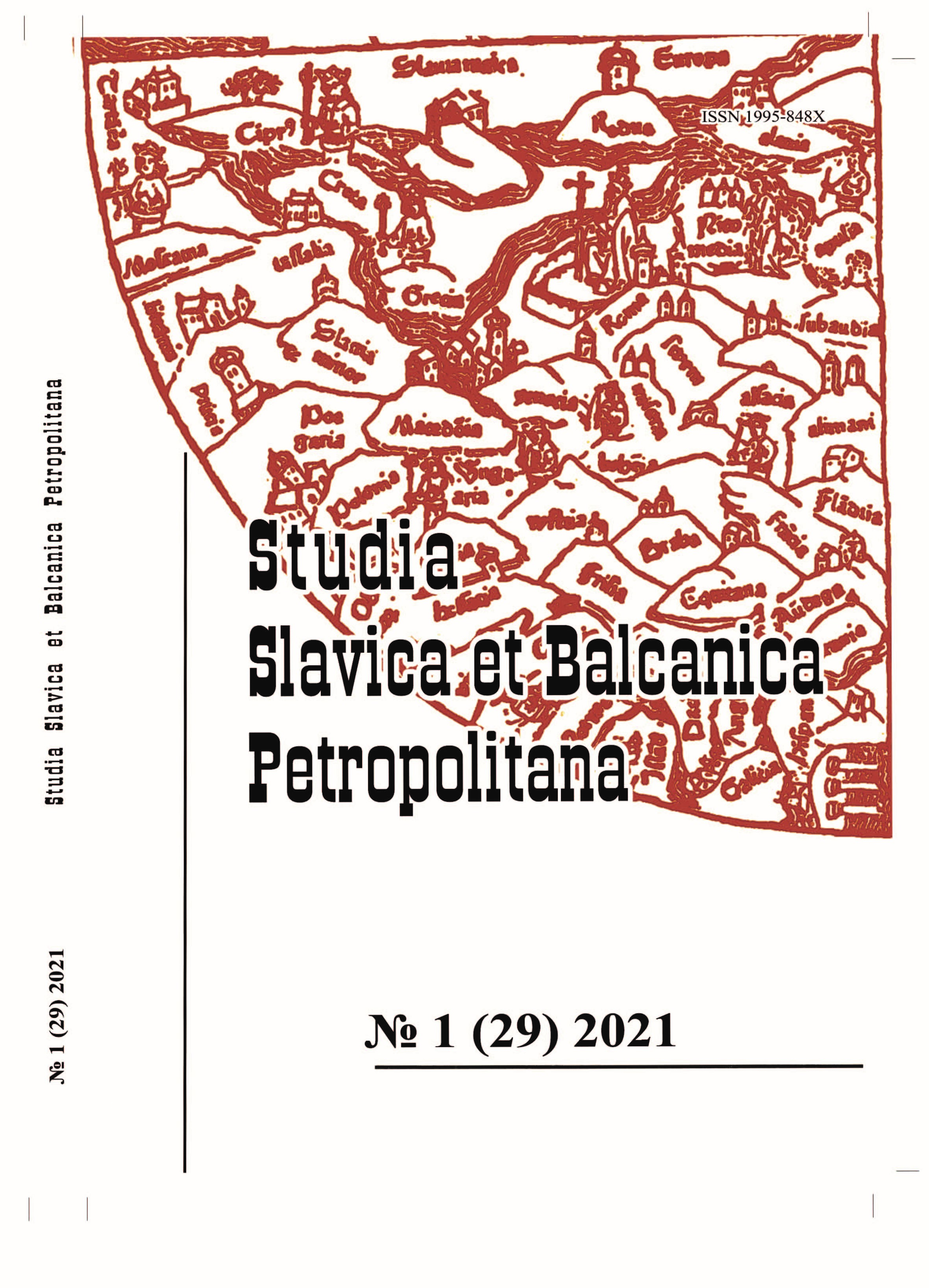Lembitu: A medieval warlord in Estonian culture
Lembitu: A medieval warlord in Estonian culture
Author(s): Anti SelartSubject(s): Ethnohistory, Local History / Microhistory, Middle Ages, 13th to 14th Centuries
Published by: Издательство Исторического факультета СПбГУ
Keywords: medievalism; Lembitu; medieval Livonia; Estonian historiography; historical imagology; cultural studies; medieval studies;
Summary/Abstract: The 13th century was undoubtedly a period of upheaval in Baltic history. From the traditional «Estonian» point of view, between 1208 and 1227 ancient Estonians heroically defended their political and personal freedom and native religion, but unfortunately they had to surrender to German invaders and the Catholic Church. This interpretation was adopted by the Estonian audience by the end of the 19th century. However, there were not many individual historical heroes to find in medieval history who could fit the national narrative. The 13th-century sources mention very few Estonians by their names. There is one exception: Lembitu, the leader of Sakala province. In 1217 he was killed in battle; his head was cut off and taken away by crusaders. Numerous artistic presentations popularised the person of Lembitu in the 19th and 20th century and shaped the public image of Lembitu as a king-like leader of the resistance in the name of freedom and independence. At the same time, in the early 2000s parallelly an ironic or critical attitude towards traditional presentations of the medieval warlord developed. A new turn in the presentations of Lembitu in Estonian media happened in the 2010s. The topic then became connected to the question of the fate of the skull of the medieval warlord. In Estonia in the 1960s, a report began to circulate that somewhere in Poland the head of Lembitu still existed. The Estonian Ministry of Culture initiated in 2014 contact between the Estonian and Polish ministries of culture, which resulted in some investigations in Polish museums with the aim of locating the artefact. The initiative was renewed in 2017, and in 2018–2019 the Estonian Ministry of Culture funded the research of the sources of Estonian history in Poland. Although the aim of the research in Poland was defined broadly and had real scholarly results, for the media and public audience it was definitely the project «searching for the skull of Lembitu». The public need for a historical hero, local patriotism combined with tourism marketing, and at least during the last decades the playful handling of history or historical stereotypes shape in combination the presentations of Lembitu in Estonian media and culture today.
Journal: Петербургские славянские и балканские исследования
- Issue Year: 2021
- Issue No: 1(29)
- Page Range: 3-14
- Page Count: 12
- Language: English

